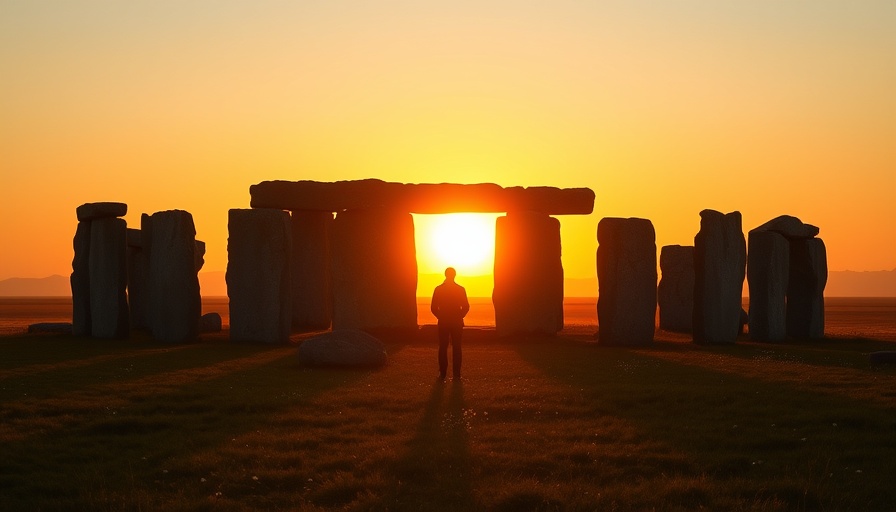
Understanding the Summer Solstice: A Celestial Celebration
The summer solstice, marking the official start of summer in the Northern Hemisphere, arrives this year on June 20, at precisely 10:42 P.M. EDT. During this astronomically significant moment, the Northern Hemisphere is tilted towards the sun, resulting in the longest day and shortest night of the year. For centuries, this cosmic event has captivated humanity, inspiring celebrations and gatherings that underline our deep cultural connections to celestial events.
The Significance of the Summer Solstice
Across the globe, from the ancient stone circle at Stonehenge to gatherings in modern cities, the summer solstice holds a significant place in various cultures. Often deemed a time of renewal and celebration, many communities partake in rituals that honor the sun's life-giving energy. The solstice not only marks a shift in the seasons but also signifies a time to reflect on growth and the potential for new beginnings, a sentiment echoed throughout history.
A Glimpse into Past Celebrations
Historically, many civilizations have recognized the summer solstice with festivals. For instance, the ancient Romans hosted Vestalia, celebrating the goddess Vesta, which emphasized the importance of fire and the sun in everyday life. Native American tribes conducted sunrise ceremonies that connected them to the earth and cosmos, highlighting their understanding of astronomy.
What Happens After the Solstice?
As the summer solstice unfolds, the Earth gradually tilts away from the sun, and daylight hours begin to shorten until the winter solstice arrives in December. This ebb and flow of daylight is a natural rhythm that has significant implications for agriculture, wildlife, and seasonal activities. Farmers traditionally align their planting and harvesting schedules with these celestial events to maximize crop yields.
Astronomical vs. Meteorological Seasons
While the summer solstice marks the astronomical start of summer, it is crucial to distinguish it from meteorological summer, which begins on June 1. Meteorological seasons are based on temperature and climatic patterns, and they provide a more practical framework for understanding weather changes, especially for agriculture and environmental studies. This distinction enlightens our comprehension of seasonal cycles, emphasizing that our relationship with nature is closely interwoven with celestial movements.
Embracing the Spirit of Summer
As we welcome the summer solstice, it's an invitation to embrace the warm months ahead. Communities around the globe organize outdoor events, music festivals, and family gatherings to celebrate. These activities not only unify us in shared experiences but also remind us of the beauty of nature and the importance of preserving our environment.
Celebrate the Longest Day of the Year
As the summer solstice approaches, consider participating in local festivities or hosting your own gathering to celebrate this astronomical phenomenon. Whether it’s a picnic at a park, exploring nature trails, or learning about ancient solstice traditions, these activities provide a unique opportunity to connect with family, friends, and the world around us.
 Add Row
Add Row  Add
Add 



 Add Row
Add Row  Add
Add 

Write A Comment